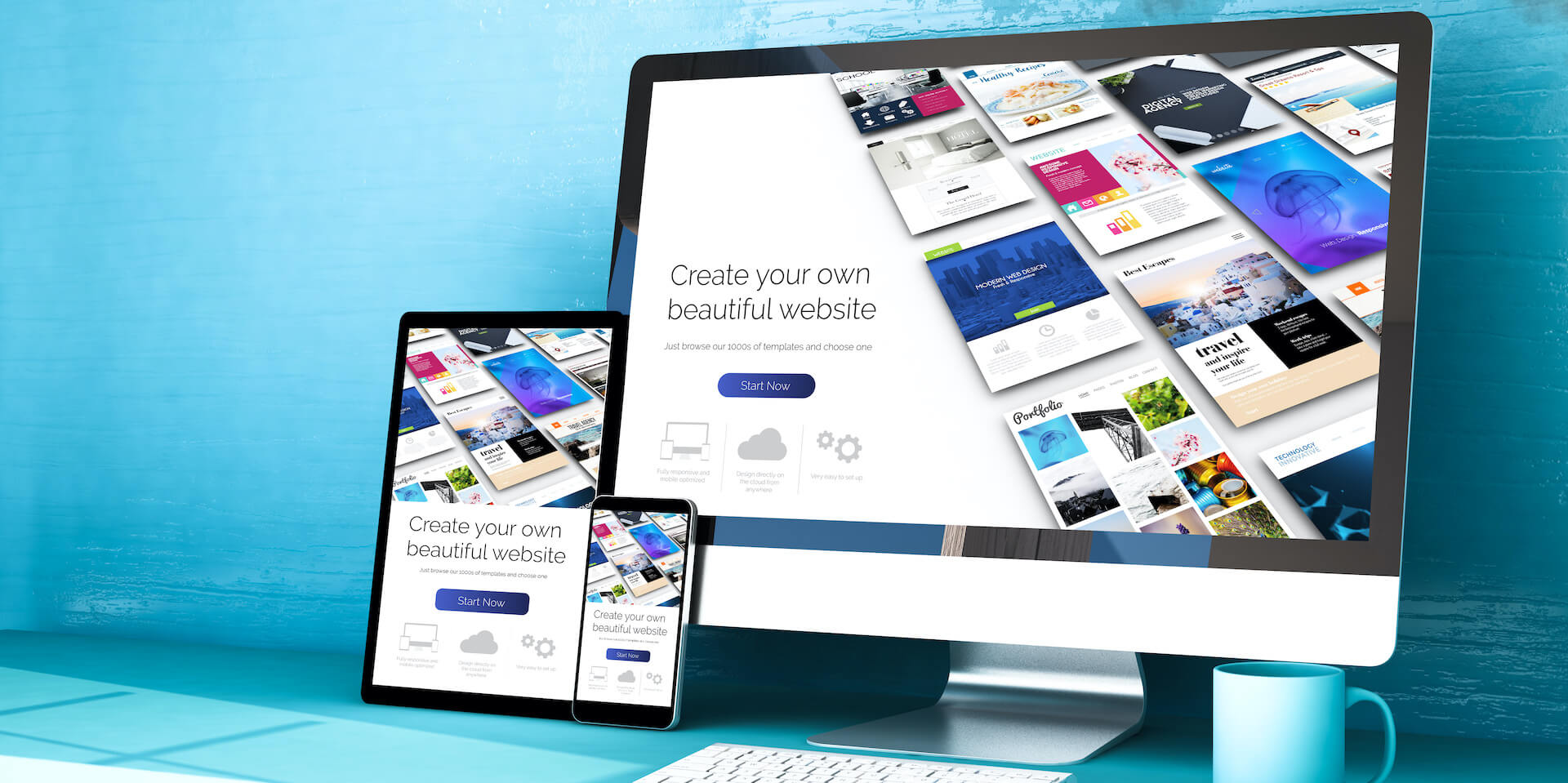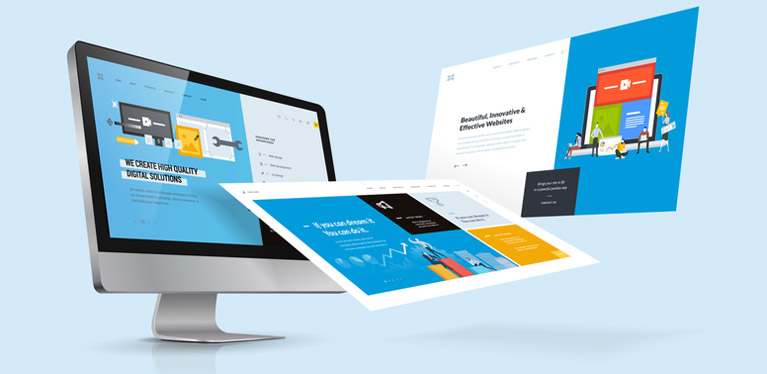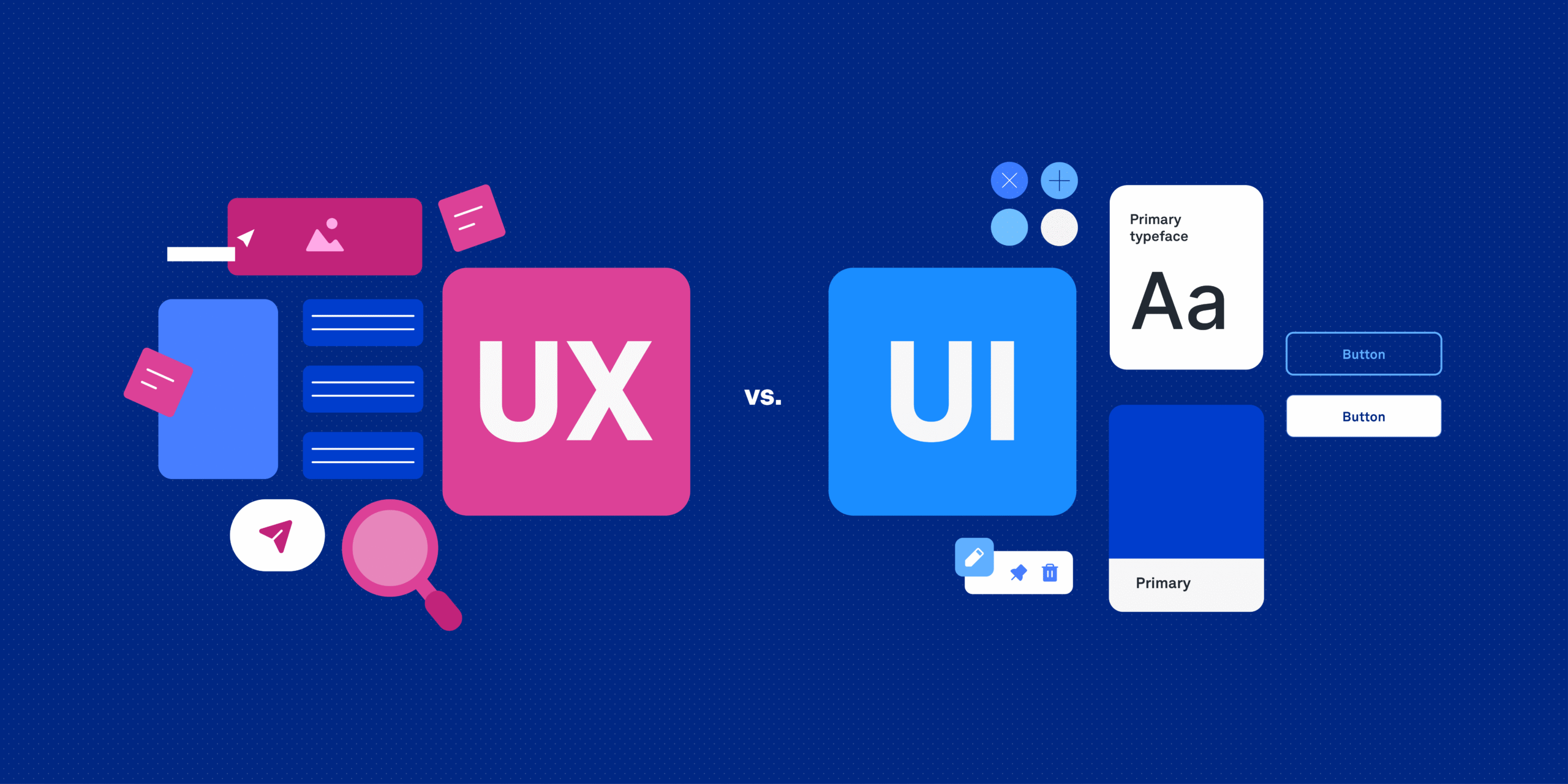
Your website is the most powerful tool in your digital arsenal. It’s not just an online brochure—it’s the first impression many people will have of your business. That’s why it’s worth investing the time to build something you’ll be proud of—something that represents your brand in the best light.
A common mistake beginners make is thinking that websites can be thrown together overnight. In reality, great websites take time, planning, and effort. The good news? With today’s tools, anyone can learn the basics of web design and development and create a site that attracts customers and keeps them coming back.
This guide walks you step-by-step through the process—whether you’re using a content management system (CMS) or a website builder.
What Is Website Development?
At its core, website development is the process of planning, designing, building, and maintaining a website. It’s typically divided into two parts:
Back-End Development (The Engine Room)
The back end is everything behind the scenes—the part visitors don’t see. It controls site functionality, speed, and performance. Developers working on the back end usually know coding languages like Python, PHP, or Ruby on Rails and focus on keeping things running smoothly.
Front-End Development (The Storefront)
The front end is the part users interact with. It includes layouts, colors, navigation, graphics, and content. Front-end developers use languages like HTML, CSS, and JavaScript to make sure everything looks appealing and works seamlessly.
Think of it this way: if the back end is the engine of a car, the front end is the paint job, dashboard, and design that make it enjoyable to drive.
Why Does a Great Website Matter?
Today’s customers are smarter and more selective than ever. They don’t just buy from the first store they stumble upon—they research, compare, and evaluate before making a decision.
- 81% of shoppers research online before visiting a store
- 94% of first impressions are based on web design
- 89% of people will switch brands after a poor online experience
In short, your website is your storefront, salesperson, and brand ambassador all in one. A well-built site doesn’t just look professional—it:
- Builds trust
- Attracts new customers
- Guides visitors from interest to purchase
- Works for you 24/7
But with millions of websites out there, how do you stand out? The answer lies in designing for users, not just for aesthetics.

ALSO READ: The Difference Between UX and UI Design: A Simple Breakdown
Step 1: Plan Before You Build
Before choosing a template or writing a single line of code, you need a solid foundation.
Define the Basics
- Business essentials: What do you offer? What makes you unique?
- Stakeholders: Who needs to be involved in decisions?
- Competition: Who else is in your space, and what are they doing right (or wrong)?
Understand Your Audience
Know who you’re building for. Create buyer personas, run surveys, and research competitors to understand your ideal customer’s needs and expectations.
Set Clear Goals
Different businesses have different priorities. Do you want to:
- Generate leads? Offer gated content or sign-up forms.
- Grow organic traffic? Focus on SEO strategies.
- Boost sales? Build a seamless eCommerce experience.
- Improve your brand image? Invest in visual design and user experience.
Do Keyword Research
Keywords help your site get found. Use tools like Google Keyword Planner, Ahrefs, or Semrush to identify terms your audience is searching for.
Map Out Key Pages
At a minimum, most websites include:
- Homepage
- About Us
- Products/Services
- Contact Page
- Blog/Resources
- Testimonials or Case Studies
- Privacy Policy
Step 2: Pick the Right Domain Name
Your domain name is your digital address—make it count.
- Keep it short and memorable (2–4 words work best).
- Avoid numbers and hyphens.
- Match your brand identity.
- Consider SEO by including a relevant keyword if it fits naturally.
Once chosen, register it with a hosting provider and secure an SSL certificate to keep your site safe.
Step 3: Choose Your Platform
You have two main options:
Content Management Systems (CMS)
CMS platforms like WordPress, Joomla, Drupal, and WooCommerce give you flexibility and scalability. They’re ideal if you want more control, plugins, and customization.
Website Builders
Tools like Wix, Squarespace, Weebly, and Hostinger make it possible to create a site with no coding knowledge. They’re perfect for beginners, though customization options are limited.
Pro Tip: If you want speed and simplicity, go with a builder. If you want long-term flexibility and growth, a CMS is the better choice.
Step 4: Build Your Site Structure
Think of this as your site’s blueprint. Start with a homepage, then plan logical navigation.
Navigation Best Practices
- Use dropdown menus to organize pages.
- Keep menus consistent across all pages.
- Add a search bar for larger sites.
- Include breadcrumbs so users can track their path.
A clean, intuitive structure helps users find what they need and keeps them engaged.
Step 5: Design With Users in Mind
Your design isn’t just about looking good—it’s about making the experience effortless.
Key Design Elements
- Templates: Choose one that matches your brand and works on mobile.
- Color schemes: Use colors that reflect your tone and values.
- Typography: Stick to fonts that are readable and professional.
- Layouts: Keep it clean, with plenty of white space.
Must-Have Features
- Clear Calls to Action (CTAs) on every page
- Contact information front and center
- Payment gateways for eCommerce
- Social media integration to connect your channels
Step 6: Create Content That Converts
Your website is only as strong as the content on it.
- Keep text concise and engaging.
- Use headings, subheadings, and visuals to break up text.
- Add images and videos, but optimize them for fast load times.
- Consider blogging for SEO and authority building.
Content SEO Basics
- Use keywords naturally in your copy.
- Write meta titles and descriptions.
- Compress images and add alt text.
- Make sure your site is mobile-friendly.
- Add internal links to guide users through your site.
Step 7: Test Before You Launch
Before going live, test everything.
✔ Check forms, buttons, and links
✔ Test on multiple devices and browsers
✔ Verify page load speed
✔ Double-check text, fonts, and formatting
✔ Ensure SSL and security are in place
Once your checklist is complete, you’re ready to launch—and don’t forget to submit your site to Google Search Console.
5 Quick Tips for Long-Term Success
- Design for users first—always.
- Keep navigation clear and simple.
- Speed matters—optimize for fast loading.
- Post regular updates (blogs, products, announcements).
- Ensure accessibility for all users.
Real-World Example: Paytm
Look at Paytm’s homepage. They instantly present booking options for flights, buses, and trains. Why? Because that’s exactly what most users come for.
This is understanding search intent at its finest. Instead of making people dig, Paytm gives them what they need upfront, making the journey smooth and frustration-free.
Final Thoughts
Building a great website isn’t about rushing—it’s about strategy. With the right plan, tools, and mindset, you don’t need to be a professional developer to create something impactful.
Focus on:
- Knowing your audience
- Creating a logical layout
- Designing with functionality in mind
- Continuously improving after launch
Do that, and you’ll build a website that attracts visitors, builds trust, and drives results.




